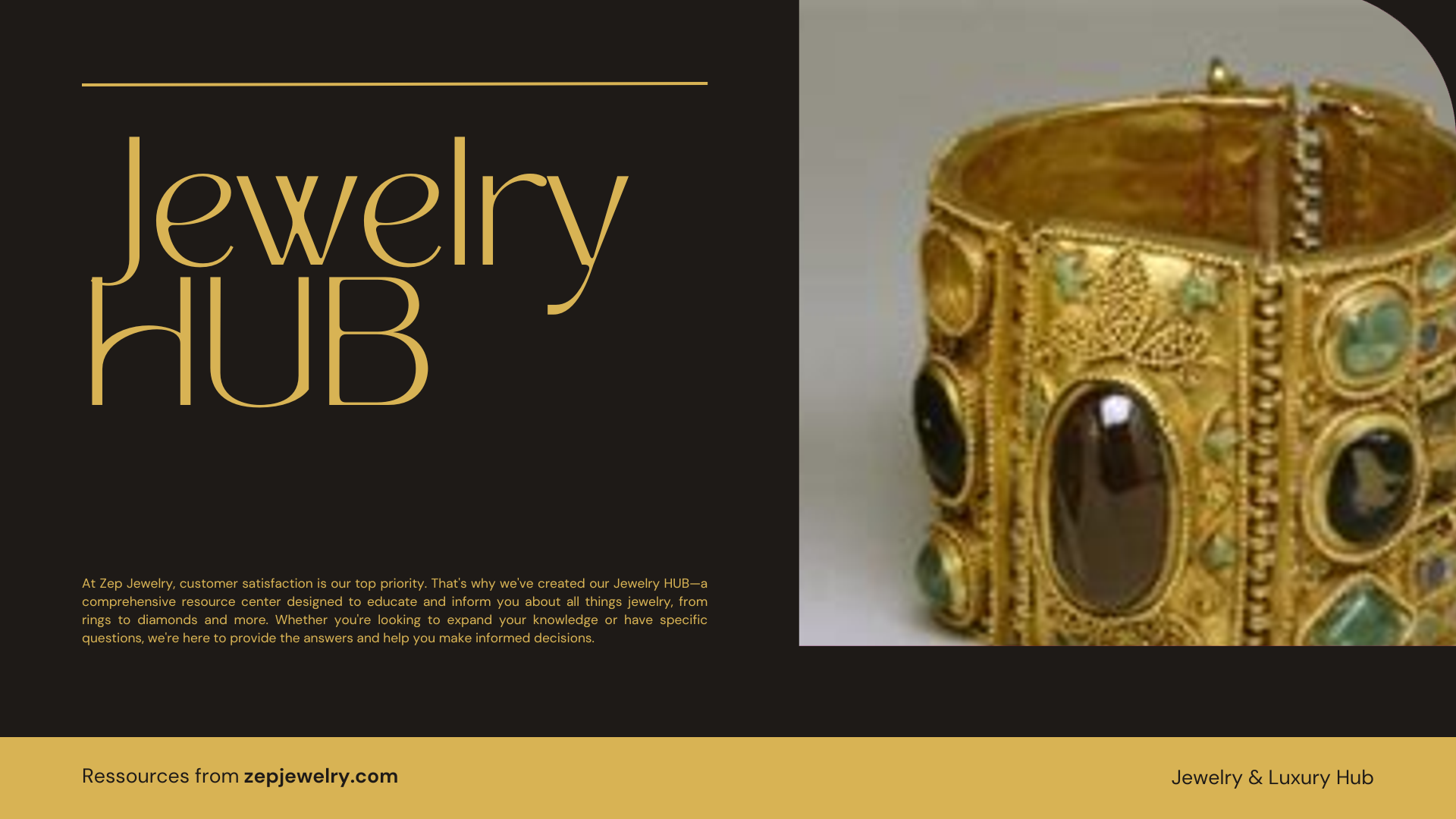What if I told you that the art of adorning oneself with beautiful objects began over a hundred millennia ago? Jewelry, in its earliest form, emerged during a time when our ancestors were still navigating the world as Neanderthals. In the depths of the Cueva de los Aviones in Spain, researchers uncovered perforated seashell beads that date back approximately 115,000 years. This remarkable find hints at a fundamental human desire to express identity and status long before the modern era. As we delve into the history of jewelry, we unravel not just a shiny trinket timeline, but a reflection of humanity itself.
When was jewelry first invented?
When was jewelry first invented?
The history of jewelry is fascinating and stretches back to the time of the Neanderthals, with the earliest known creations dating back around 115,000 years. The first pieces of jewelry were perforated beads crafted from seashells, discovered in the Cueva de los Aviones, a cave on the southeast coast of Spain. This discovery is particularly intriguing as it predates the advent of modern Homo sapiens, suggesting that the practice of using decorative adornments for both beauty and status has ancient origins that extend well beyond contemporary human history.
These early Neanderthal beads found in Spain symbolize not just decorative intent but also a social and cultural expression inherent in the human experience. The fact that such items were created indicates that our ancestors had a sense of identity and aesthetics, centuries before the emergence of our species. Jewelry, as we understand it today, may have evolved significantly, but its roots lie in these primitive yet profound expressions of self and community.
As we trace the development of jewelry through the ages, it’s clear that adornment has always held significance—be it for personal pride, spiritual beliefs, or social status. Today, we may take for granted the diversity and accessibility of jewelry, but its journey from simple shells to the intricate designs we cherish now reflects not only craftsmanship but also the wane of human connectivity over thousands of years.
What materials were commonly used in ancient jewelry?
Ancient jewelry was crafted from a fascinating array of materials, reflecting the resources available to different cultures. Jewelry creators used animal bones and teeth, shells, amber, and the more well-known precious metals and gemstones. As civilizations evolved, techniques diversified, allowing artisans to incorporate intricate designs using materials ranging from simple stones to sophisticated metals like gold and silver.
How has the purpose of jewelry evolved over the centuries?
Throughout history, the purpose of jewelry has shifted significantly. Initially created for use as adornments and tools for functionality, such as fixing clothing or hair, jewelry evolved into a symbol of status and personal identity. In various cultures, jewelry took on deeper meanings, providing spiritual or ceremonial significance and embodying personal milestones, love, and social bonds.
Who were the primary creators of jewelry in ancient times?
The creation of jewelry is attributed to various civilizations, with the Cro-Magnons (an early modern human) being among the first known jewelers. Over time, different cultures contributed to jewelry making, such as the intricate designs of Egyptian jewelry makers, who thrived from around 3100 BCE. Techniques varied widely, including techniques like granulation, cloisonné, and repoussé, highlighting the advanced craftsmanship of ancient artisans.
What were the significant historical influences on jewelry design?
Jewelry design has been heavily influenced by cultural contexts, artistic movements, and socio-political factors. From the symbolism found in ancient Egyptian adornments to the revival of classical styles during the Renaissance, jewelry reflected contemporary beliefs and aesthetics. Additionally, the Victorian era introduced a sentimental approach to jewelry design, marking significant life events, while the Arts and Crafts movement emphasized handcrafted artistry, further enriching the jewelry narrative.
How did regional practices affect the evolution of jewelry styles?
Different regions possessed unique materials, cultural teachings, and techniques that shaped individual jewelry styles. For example, jade in China symbolized wealth and immortality, while indigenous peoples in the Americas favored turquoise and feathers for ceremonial purposes. These varied approaches led to rich expressions of identity across culture and geography, making jewelry a potent vehicle for both personal and communal stories.
What role does jewelry play in contemporary society?
In modern times, jewelry continues to serve multifaceted purposes. Beyond adornment, it often symbolizes personal achievements, status, and relationships, such as wedding or engagement rings. Moreover, contemporary movements towards sustainability and ethical sourcing are reshaping how jewelry is produced, emphasizing a deeper connection to the materials and their histories. This evolution highlights jewelry as an intersection of aesthetics, sentimentality, and cultural representation, continuing to be a significant form of expression in society today.
